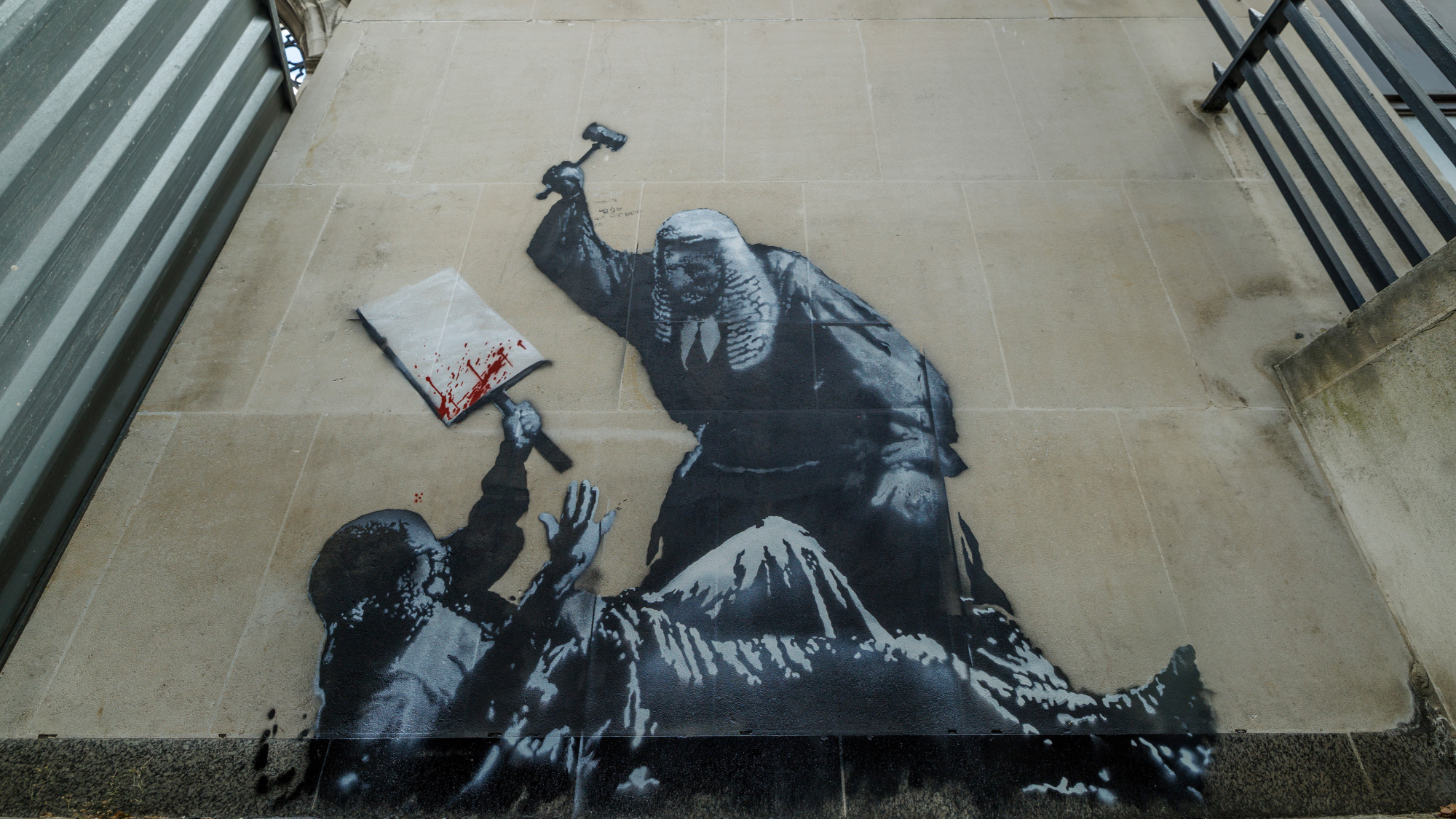Is this the end for India's Maoist insurgency?
Narendra Modi clamps down on Naxalite jungle rebels in move some see as attempt to seize mineral wealth
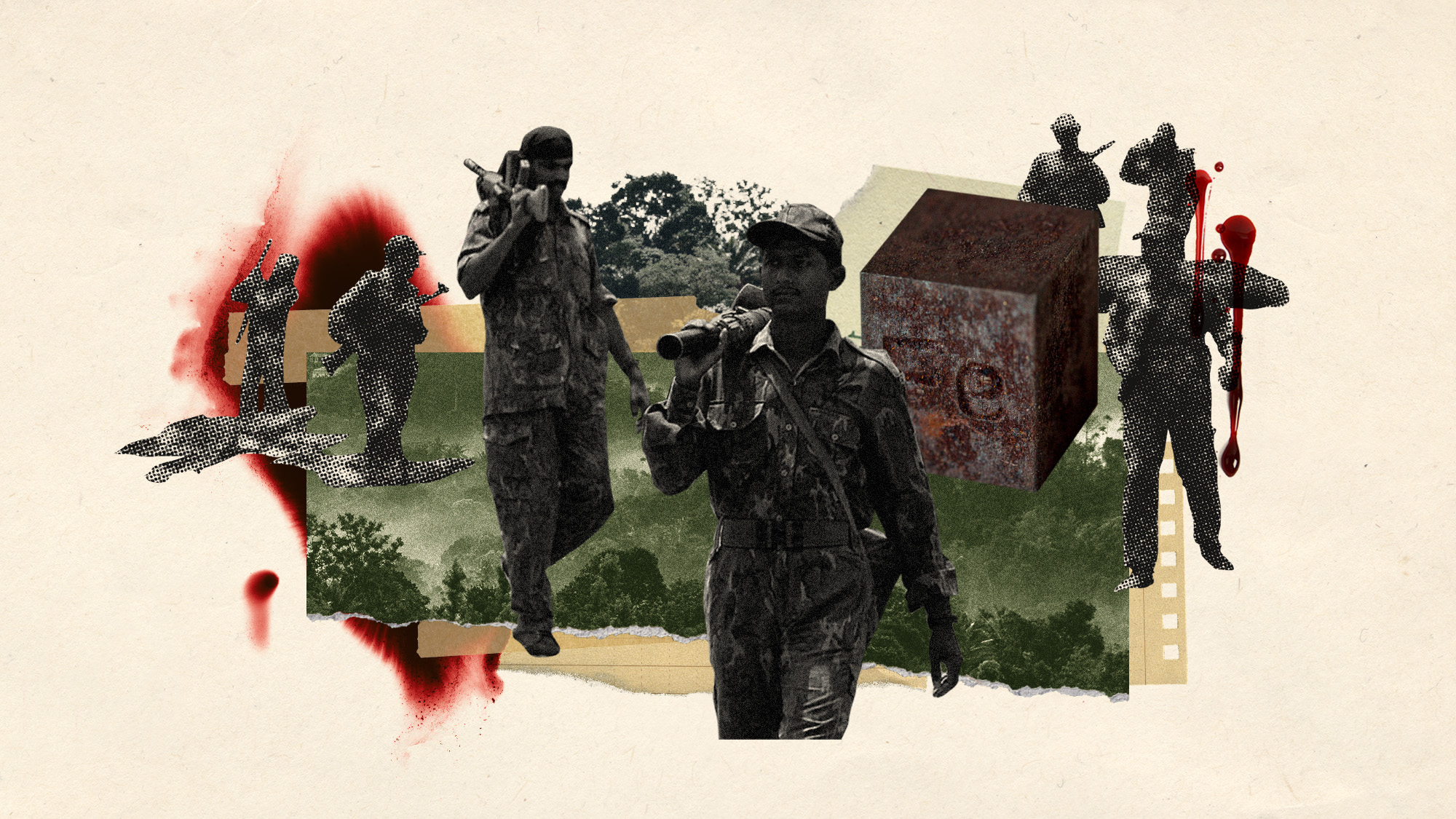
After nearly 60 years of violence, the jungle-based struggle for communist rule in India could finally be coming to an end. Operation Kagar, a military offensive launched by Indian security forces in April this year, has apparently reduced to remnants the once-powerful Naxalite insurgency group. But Prime Minister Narendra Modi's crackdown on the guerrilla movement "comes at a bloody price", and may, critics say, be motivated by something "other" than a "wish for peace", said The Guardian.
Agrarian revolution
The Naxalite insurgency began in 1967, with a peasant uprising in Naxalbari, West Bengal. Inspired by Chinese communist leader Mao Zedong and Marxist-Leninist ideology, the rebels advocate for class struggle and agrarian revolution through armed resistance. Their aim is to overthrow the government and establish a communist state.
The insurgents say their fight is for the rights of indigenous tribes and the rural poor, pointing to decades of state neglect and land dispossession. Since 2000, violence between insurgents and security forces has claimed nearly 12,000 lives, more than 4,000 of them civilian, according to the South Asian Terrorism Portal.
The Week
Escape your echo chamber. Get the facts behind the news, plus analysis from multiple perspectives.

Sign up for The Week's Free Newsletters
From our morning news briefing to a weekly Good News Newsletter, get the best of The Week delivered directly to your inbox.
From our morning news briefing to a weekly Good News Newsletter, get the best of The Week delivered directly to your inbox.
The strength of the insurgency has "surged" at various points over the past 50 years, said The Guardian. During its "peak" in the early 2000s, the Naxalites controlled "large swathes of the country, known as the 'red corridor'", and had more than 30,000 foot soldiers. But now there are thought only to be about 500 active fighters, operating in "limited districts".
Corporate interests
Last month, India's most-wanted Naxalite, Nambala Keshava Rao, was cornered and killed, along with 26 others, in a major attack, described by Home Minister Amit Shah, as "the most decisive strike" against the Maoist insurgency in three decades, said the BBC. The moment marked "more than a tactical victory", it also signalled a "breach in the Maoists' last line of defence in Bastar", the densely forested heartland that's been the group's "fiercest stronghold" since the 1980s.
The government crackdown has its sceptics, however, given the Naxalite leaders' repeated calls, since the start of the year, for a ceasefire and peace negotiations. The government has "ignored" these calls, said The Guardian, reinforcing a "suspicion among activists and lawyers" that the main motive for the crackdown is "not peace but corporate interests". The forests in which the insurgents have historically operated are "rich with coal and minerals", such as iron ore, and some of India's biggest industrialists have plans to expand their mining operations there, with government backing.
"This is not an anti-Maoist operation; it is a killing spree," N. Venugopal, a newspaper editor who has spent years writing about the Naxalite movement, told The Guardian. The security forces have "become like bounty hunters, killing for rewards".
A free daily email with the biggest news stories of the day – and the best features from TheWeek.com
Modi's government has vowed that the Maoist insurgency will be "completely eradicated" by March 2026, so this "battle-hardened" story of rebellion "stands at a crossroads", said the BBC. It remains to be seen if this is "truly the end" or "just another pause in its long, bloody arc".
Chas Newkey-Burden has been part of The Week Digital team for more than a decade and a journalist for 25 years, starting out on the irreverent football weekly 90 Minutes, before moving to lifestyle magazines Loaded and Attitude. He was a columnist for The Big Issue and landed a world exclusive with David Beckham that became the weekly magazine’s bestselling issue. He now writes regularly for The Guardian, The Telegraph, The Independent, Metro, FourFourTwo and the i new site. He is also the author of a number of non-fiction books.
-
 Donald Trump’s squeeze on Venezuela
Donald Trump’s squeeze on VenezuelaIn Depth The US president is relying on a ‘drip-drip pressure campaign’ to oust Maduro, tightening measures on oil, drugs and migration
-
 Is Trump deliberately redacting Epstein files to shield himself?
Is Trump deliberately redacting Epstein files to shield himself?Today’s Big Question Removal of image from publicly released documents prompts accusations of political interference by justice department
-
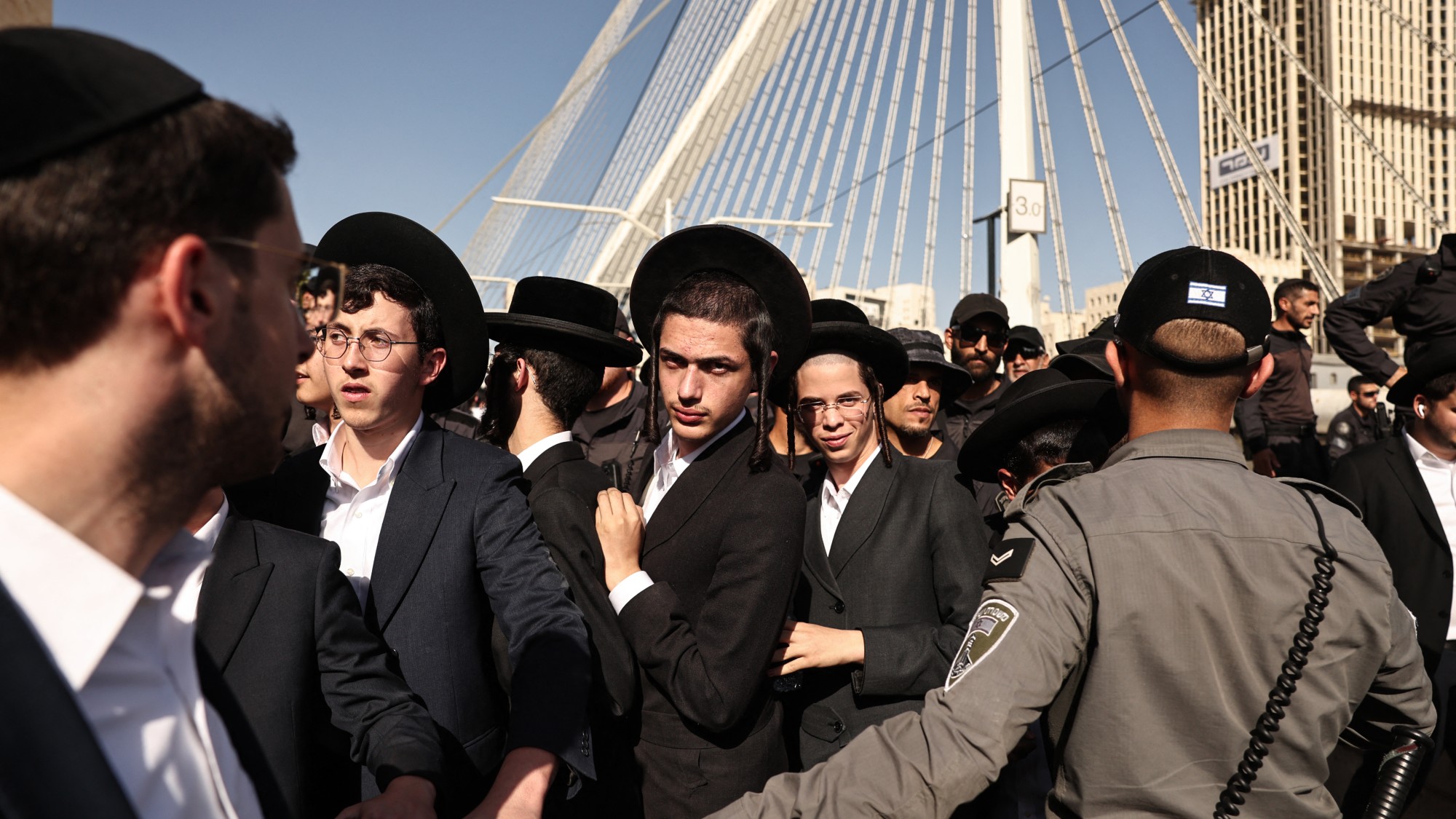 The issue dividing Israel: ultra-Orthodox draft dodgers
The issue dividing Israel: ultra-Orthodox draft dodgersIn the Spotlight A new bill has solidified the community’s ‘draft evasion’ stance, with this issue becoming the country’s ‘greatest internal security threat’
-
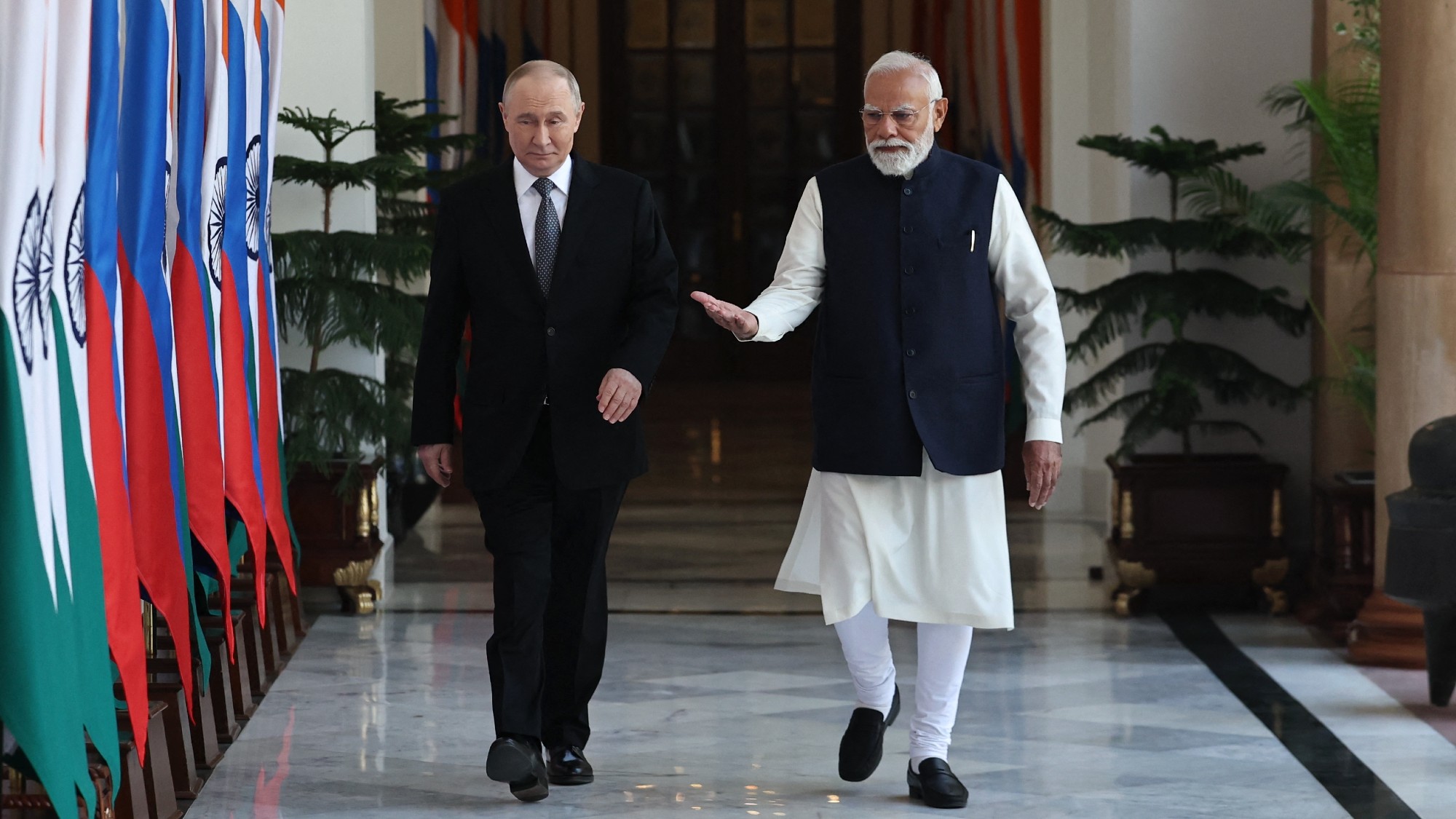 Is a Putin-Modi love-in a worry for the West?
Is a Putin-Modi love-in a worry for the West?Today’s Big Question The Indian leader is walking a ‘tightrope’ between Russia and the United States
-
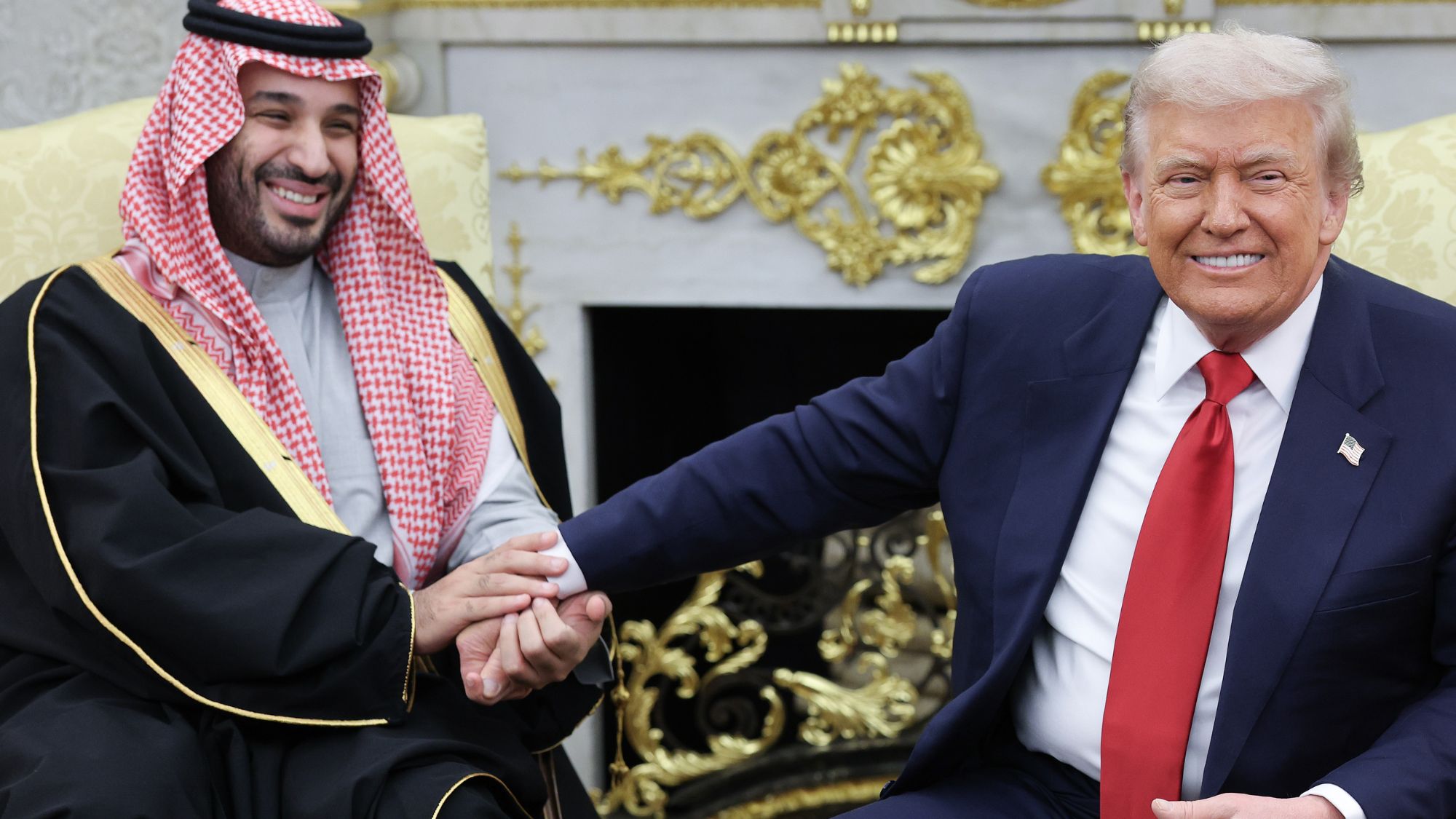 The US-Saudi relationship: too big to fail?
The US-Saudi relationship: too big to fail?Talking Point With the Saudis investing $1 trillion into the US, and Trump granting them ‘major non-Nato ally’ status, for now the two countries need each other
-
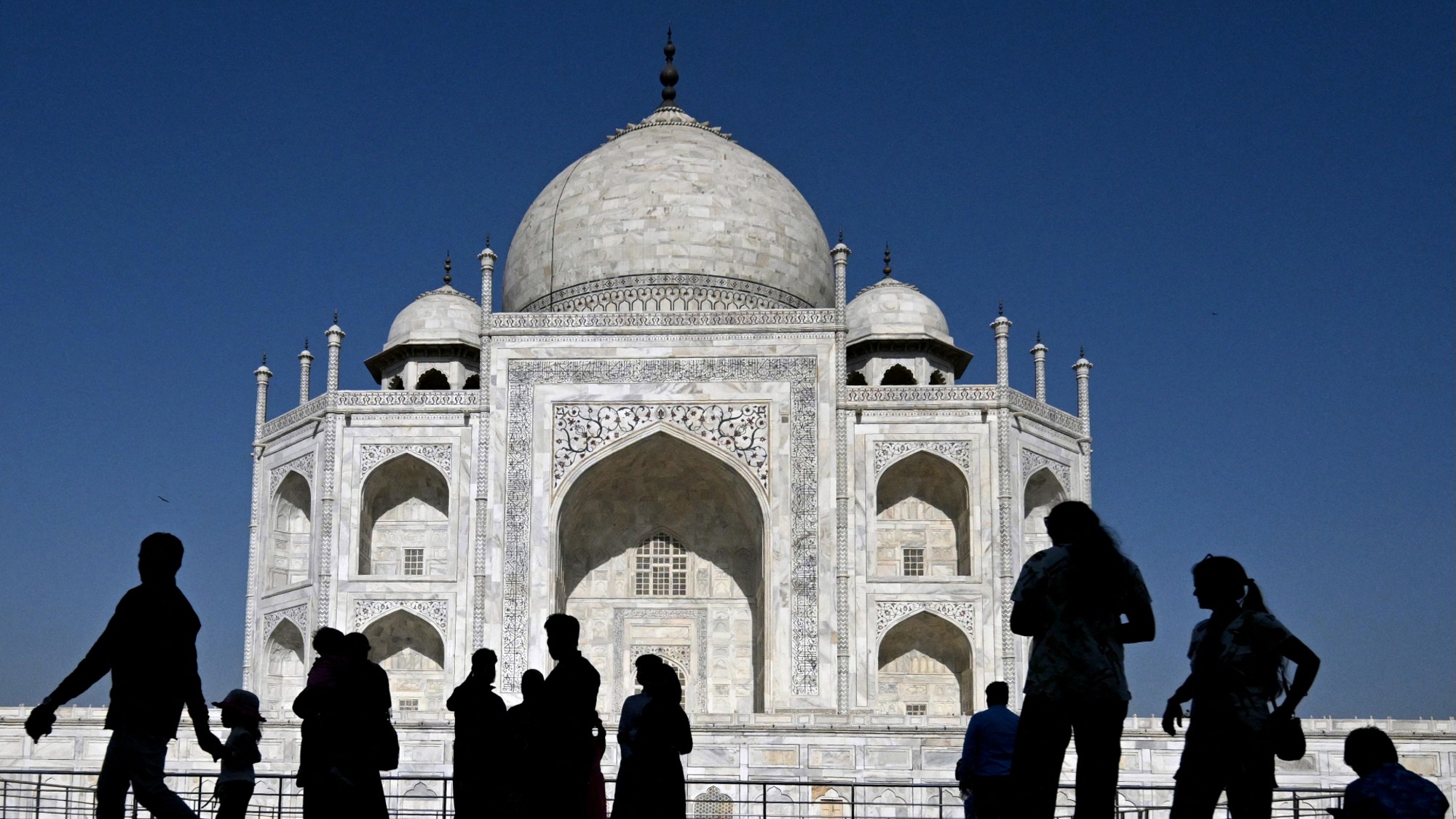 ‘These attacks rely on a political repurposing’
‘These attacks rely on a political repurposing’Instant Opinion Opinion, comment and editorials of the day
-
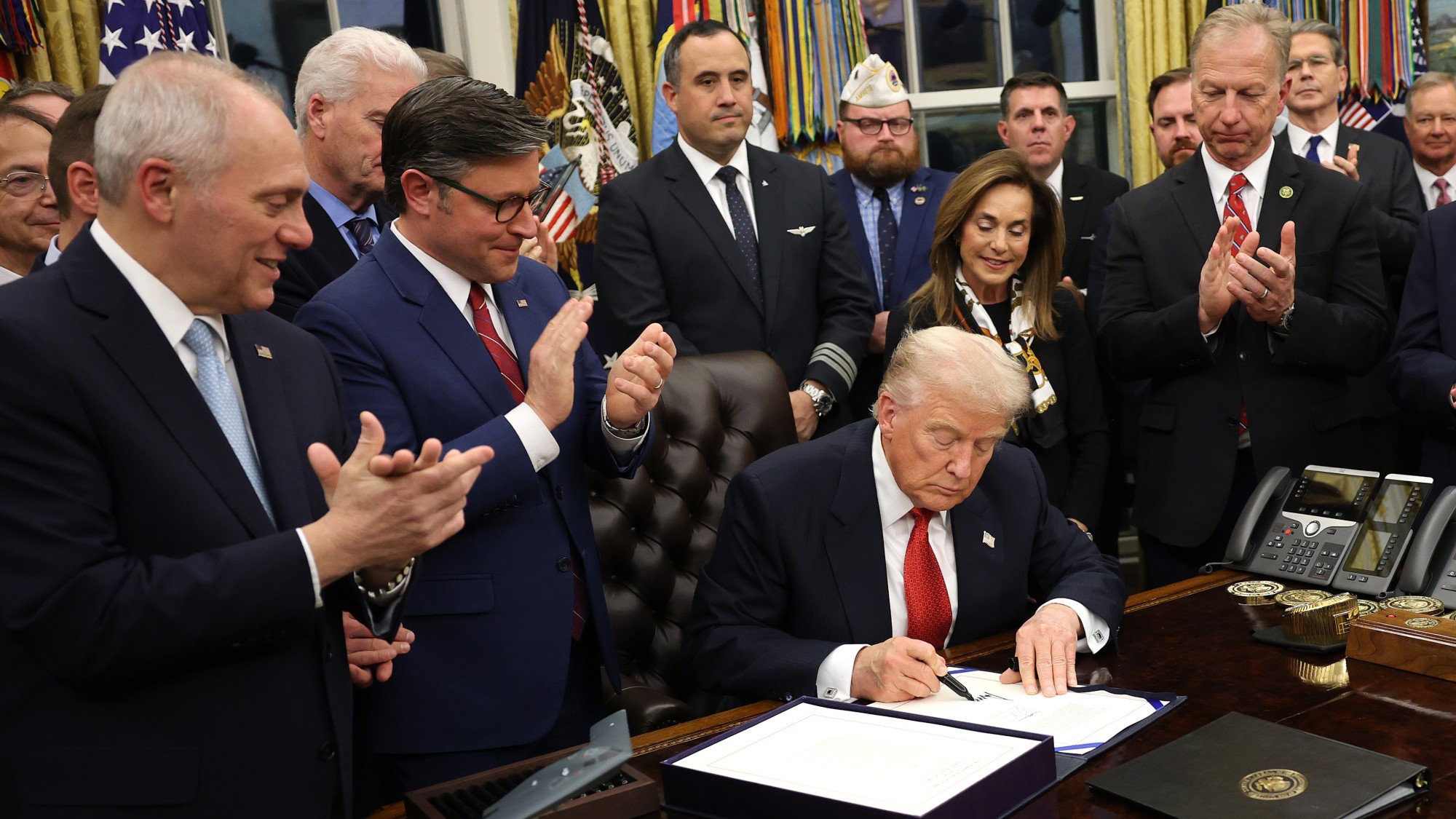 US government shutdown: why the Democrats ‘caved’
US government shutdown: why the Democrats ‘caved’In the Spotlight The recent stalemate in Congress could soon be ‘overshadowed by more enduring public perceptions’
-
 Defeating Russia’s shadow fleet
Defeating Russia’s shadow fleetThe Explainer A growing number of uninsured and falsely registered vessels are entering international waters, dodging EU sanctions on Moscow’s oil and gas
